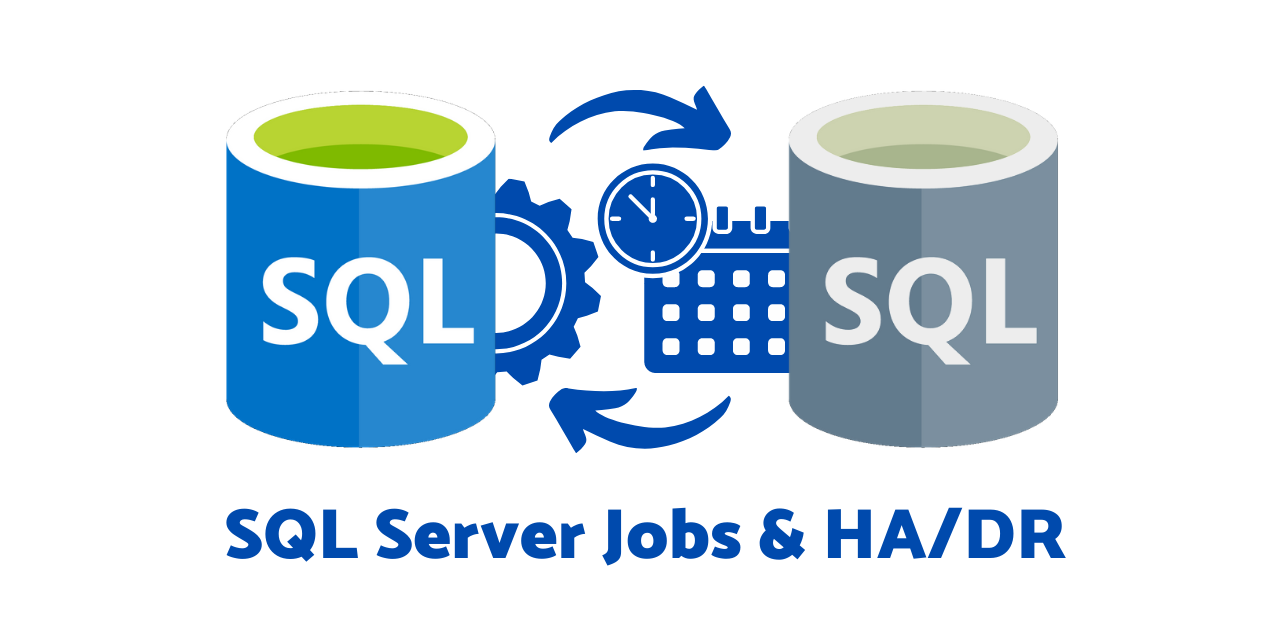In the vast landscape of Microsoft SQL Server, where databases thrive and transactions hum, SQL Server Jobs emerge as the diligent choreographers, orchestrating a symphony of routine tasks.
For those new to the world of databases, this blog serves as your guide, breaking down SQL Server Jobs into digestible pieces, enriched with real-world analogies and snippets in MS SQL.
The Essence of SQL Server Jobs
Imagine Your Personal Database Assistant
Think of SQL Server Jobs as your personal database assistant, a reliable companion that carries out repetitive tasks on your behalf. From nightly backups to routine data cleanups, SQL Server Jobs act as the behind-the-scenes organizers, ensuring your database remains in top-notch shape.Components of SQL Server Jobs
Breaking Down the Ensemble
Before diving into the creation of SQL Server Jobs, let's acquaint ourselves with the key players in this ensemble- Job: The grand conductor orchestrating the entire performance. A job encapsulates a set of tasks to be executed.
- Step: Each task within a job is a step. Think of steps as individual notes in a musical composition—each contributing to the overall harmony.
- Schedule: A schedule dictates when the show begins. It defines the timing and frequency of job execution, akin to setting specific times for each task in your daily planner.
Real-World Analogy: Your Daily Planner
To grasp the concept better, let's draw an analogy. Envision SQL Server Jobs as your daily planner. The planner itself is a job, and each task listed—morning workout, lunch preparation, evening reading—represents a step within the job. The schedule in your planner dictates when each task should occur, ensuring a well-organized day without constant manual planning.Creating Your First SQL Server Job
Now, let's take a practical journey into the creation of a simple SQL Server Job using Microsoft SQL Server Management Studio (SSMS). We'll embark on the task of scheduling a nightly backup for a database.- Open SSMS: Launch SQL Server Management Studio.
- Connect to Server: Connect to your SQL Server instance.
- Navigate to SQL Server Agent: In Object Explorer, find and right-click on "SQL Server Agent." Select "New Job.
- "Define Job Details:
- Name: Give your job a meaningful name, like "NightlyBackupJob."
- Owner: Choose an owner for the job.
- Category: Assign the job to an appropriate category.
- Add a Job Step:
- Go to the "Steps" page.
- Click "New" to add a step.
- Name the step, choose the type (e.g., T-SQL script), and provide the T-SQL script for the backup operation.
BACKUP DATABASE YourDatabaseName TO DISK = 'C:\Backup\YourDatabaseName.bak';
- Navigate to the "Schedules" page.
- Click "New" to create a schedule.
- Specify the frequency and timing for the job. This is like setting the specific times for your tasks in the daily planner.
- Click "OK" to save the job.
- Right-click on the job and select "Start Job at Step" to execute it manually.
Benefits of Embracing SQL Server Jobs
Automation Bliss: SQL Server Jobs bring automation to your database tasks, reducing manual effort and increasing efficiency.Scheduled Maintenance: Essential maintenance tasks, such as backups and clean-ups, can be scheduled during non-peak hours, ensuring minimal disruption.
Organized Task Management: Jobs allow you to organize tasks into logical units, making it easier to manage, monitor, and troubleshoot.
Conclusion
In the grand orchestra of database management, SQL Server Jobs take on the role of conductors, orchestrating routine tasks with finesse and precision. Understanding the components of jobs, steps, and schedules empowers you to automate essential operations seamlessly.Whether it's envisioning a daily planner ensuring a well-organized day or a SQL Server Job automating your database's nightly backups, the underlying principle remains the same—automation enhances efficiency and consistency. For those stepping into the world of SQL Server, embracing the power of jobs is a significant stride towards maintaining a healthy and well-managed database environment.
Happy Querying!

Comments
Post a Comment